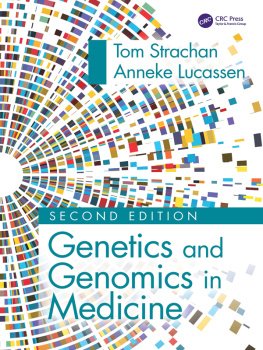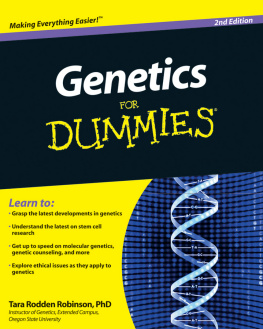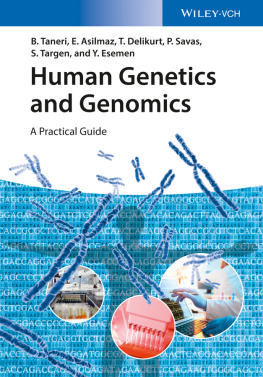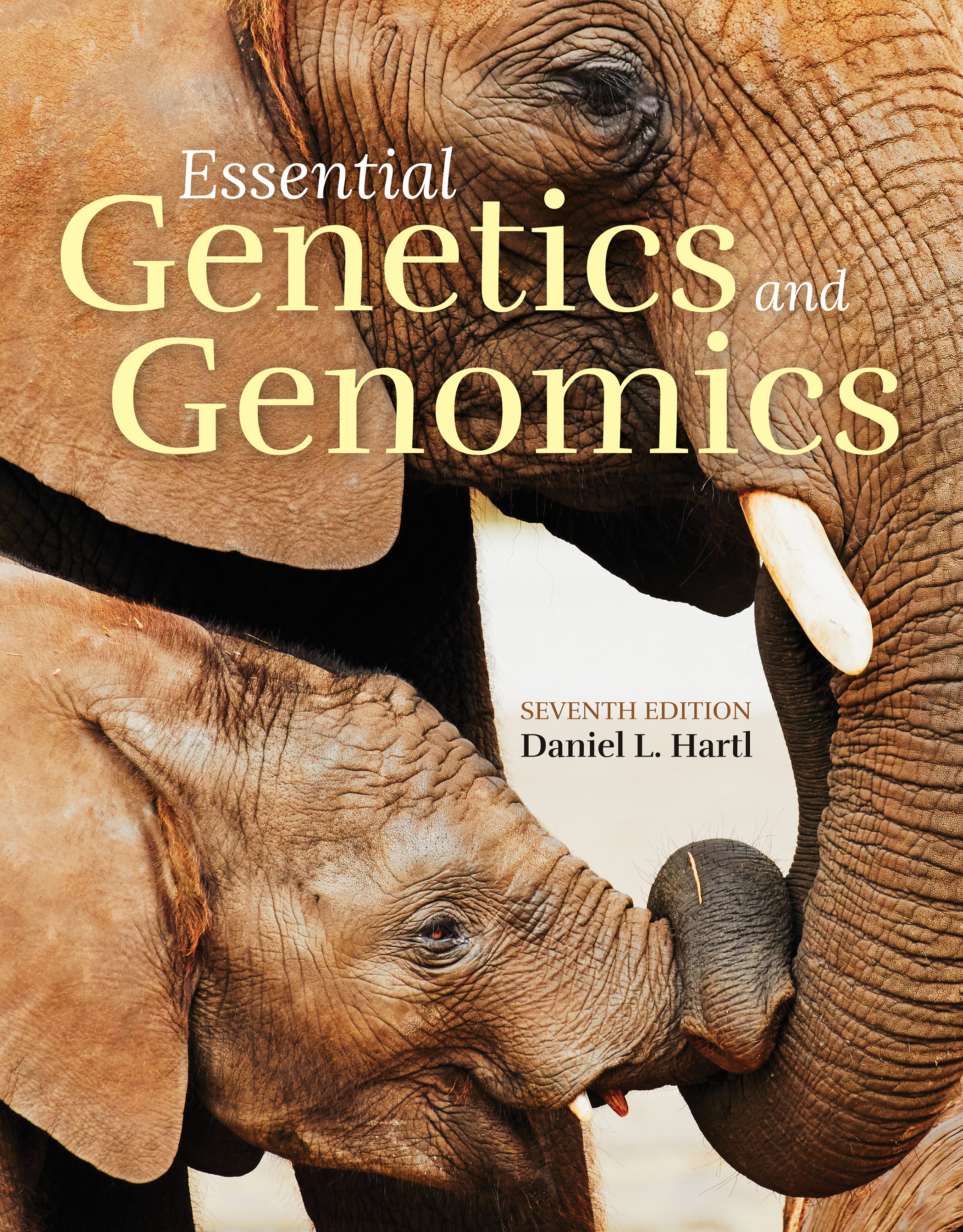Contents
Landmarks
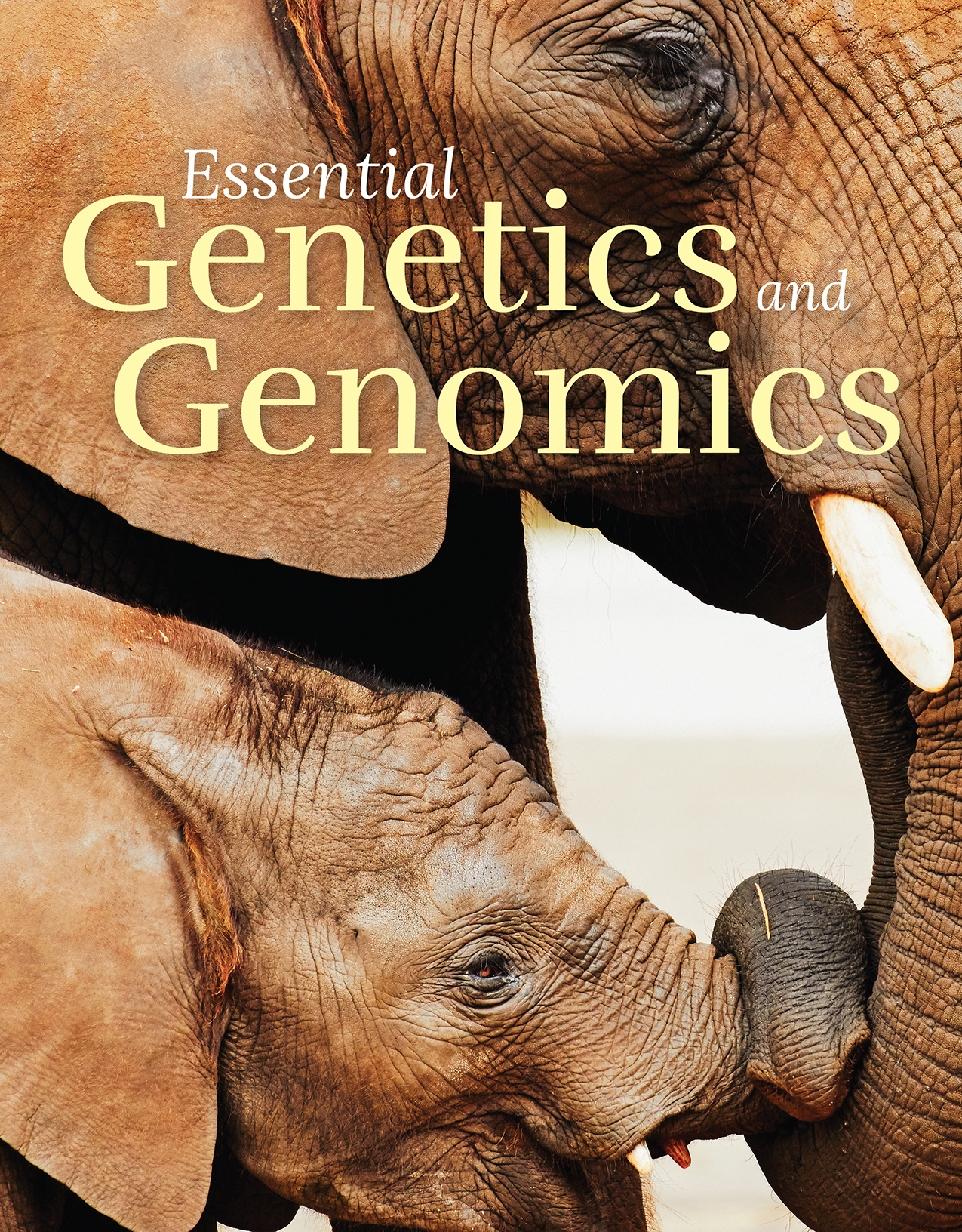


World Headquarters
Jones & Bartlett Learning
5 Wall Street
Burlington, MA 01803
978-443-5000
www.jblearning.com
Jones & Bartlett Learning books and products are available through most bookstores and online booksellers. To contact Jones & Bartlett Learning directly, call 800-832-0034, fax 978-443-8000, or visit our website, www.jblearning.com.
Substantial discounts on bulk quantities of Jones & Bartlett Learning publications are available to corporations, professional associations, and other qualified organizations. For details and specific discount information, contact the special sales department at Jones & Bartlett Learning via the above contact information or send an email to .
Copyright 2020 by Jones & Bartlett Learning, LLC, an Ascend Learning Company
All rights reserved. No part of the material protected by this copyright may be reproduced or utilized in any form, electronic or mechanical, including photocopying, recording, or by any information storage and retrieval system, without written permission from the copyright owner.
The content, statements, views, and opinions herein are the sole expression of the respective authors and not that of Jones & Bartlett Learning, LLC. Reference herein to any specific commercial product, process, or service by trade name, trademark, manufacturer, or otherwise does not constitute or imply its endorsement or recommendation by Jones & Bartlett Learning, LLC and such reference shall not be used for advertising or product endorsement purposes. All trademarks displayed are the trademarks of the parties noted herein. Essential Genetics and Genomics, Seventh Edition is an independent publication and has not been authorized, sponsored, or otherwise approved by the owners of the trademarks or service marks referenced in this product.
There may be images in this book that feature models; these models do not necessarily endorse, represent, or participate in the activities represented in the images. Any screenshots in this product are for educational and instructive purposes only. Any individuals and scenarios featured in the case studies throughout this product may be real or fictitious, but are used for instructional purposes only.
15275-3
Production Credits
VP, Product Management: Amanda Martin
Director of Product Management: Laura Pagluica
Product Specialist: Audrey Schwinn
Product Assistant: Loren-Marie Durr
Production Manager: Dan Stone
Senior Production Editor, Navigate: Jessica deMartin
Digital Products Manager: Jordan McKenzie
Digital Products Specialist: Angela Dooley
Marketing Manager: Lindsay White
Manufacturing and Inventory Control Supervisor: Amy Bacus
Composition: codeMantra U.S. LLC
Cover Design: Kristin E. Parker
Text Design: Kristin E. Parker
Rights & Media Specialist: John Rusk
Media Development Editor: Troy Liston
Cover Image (Title Page): ktsdesign/Shutterstock
Printing and Binding: LSC Communications
Cover Printing: LSC Communications
Library of Congress Cataloging-in-Publication Data
Names: Hartl, Daniel L., author.
Title: Essential genetics and genomics / Daniel L. Hartl.
Other titles: Essential genetics
Description: Seventh edition. | Burlington, MA : Jones & Bartlett Learning,
[2018] | Preceded by Essential genetics / Daniel L. Hartl. 6th ed. 2014. |
Includes bibliographical references and index.
Identifiers: LCCN 2018042898 | ISBN 9781284152456 (pbk.) | ISBN 9781284152685
(e-ISBN)
Subjects: | MESH: Genetic Phenomena | Genomics
Classification: LCC QH430 | NLM QU 500 | DDC 572.8/6dc23
LC record available at https://lccn.loc.gov/2018042898
6048
Printed in the United States of America
22 21 20 19 18 10 9 8 7 6 5 4 3 2 1
Brief Contents
Contents
the human connection One Gene, One Enzyme
George W. Beadle and Edward L. Tatum (1941)
the human connection Blood Feud
Karl Landsteiner 1901
the human connection Sick of Telomeres
William C. Hahn, Christopher M. Counter, Ante S. Lundberg, Roderick L. Beijersbergen, Mary W. Brooks, and Robert A. Weinberg, 1999
the human connection Starch Contrast
George H. Perry, Nathaniel J. Dominy, Katrina G. Claw, Arthur S. Lee, Heike Fiegler, Richard Redon, John Werner, et al., 2007
the human connection Catch 21
Jerome Lejeune, Marthe Gautier, and Raymond Turpin (1959)
the human connection Sickle-Cell Anemia: The First Molecular Disease
Vernon M. Ingram 1957
the human connection The Sex Life of Bacteria
Joshua Lederberg and Edward L. Tatum (1946)
the human connection Poly-U
Marshall W. Nirenberg and J. Heinrich Matthaei (1961)
the human connection Double Trouble
Andrew Fire, SiQun Xu, Mary K. Montgomery, Steven A. Kostas, Samuel E. Driver, and Craig C. Mello (1998)
the human connection Skeletons in Our Closet
Richard E. Green, Johannes Krause, Adrian W. Briggs, Tomislav Maricic, Udo Stenzel, Martin Kircher, Nick Patterson, and 49 other authors (2010)
the human connection Distinguished Lineages
J. E. Sulston, E. Schierenberg, J. G. White, and J. N. Thomson (1983)
the human connection Damage Beyond Repair
Frederick S. Leach and 34 other investigators (1993)
the human connection Two Hits, Two Errors
Alfred G. Knudson (1971)
the human connection Resistance in the Blood
Anthony C. Allison (1954)
the human connection Pinch of This and a Smidgen of That
Oliver Smithies (2005)
Preface
A good teacher aims to uncover a subject, not cover it. So said a wise former teacher of mine. In revising Essential Genetics and Genomics, Seventh Edition , Ive tried to heed this advice. To un cover a subject means to expose, exhibit, unveil. To help un cover genetics, this new edition is:
Streamlined , with emphasis on concepts illuminated by vivid example and stripped of extraneous detail
Focused , with Learning Objectives stated explicitly at the beginning of each chapter
Skills oriented , with Stop & Think problems inserted at strategic points in the text to enhance the reading experience and encourage higherorder, analytical thinking.
The brevity of the text meets the needs of the shorter, less comprehensive introductory course of one semester or quarter. The choice of topics is intended to help students master the following scientific competencies:
Understand the basic processes of gene transmission, mutation, expression, and regulation.
Analyze genetic processes using numerical relationships including ratios and proportions.
Learn to formulate genetic hypotheses in a statistical framework, work out their consequences, and test the results against observed data.
Develop basic skills in problem solving, including single-concept exercises, those requiring the application of several concepts in logical order, and numerical problems requiring some arithmetic for solution.
Interpret genetic data and make valid inferences to reveal the underlying causes.
Acquire an appreciation of current trends in genetics, as well as the social and historical context in which genetics has developed.




